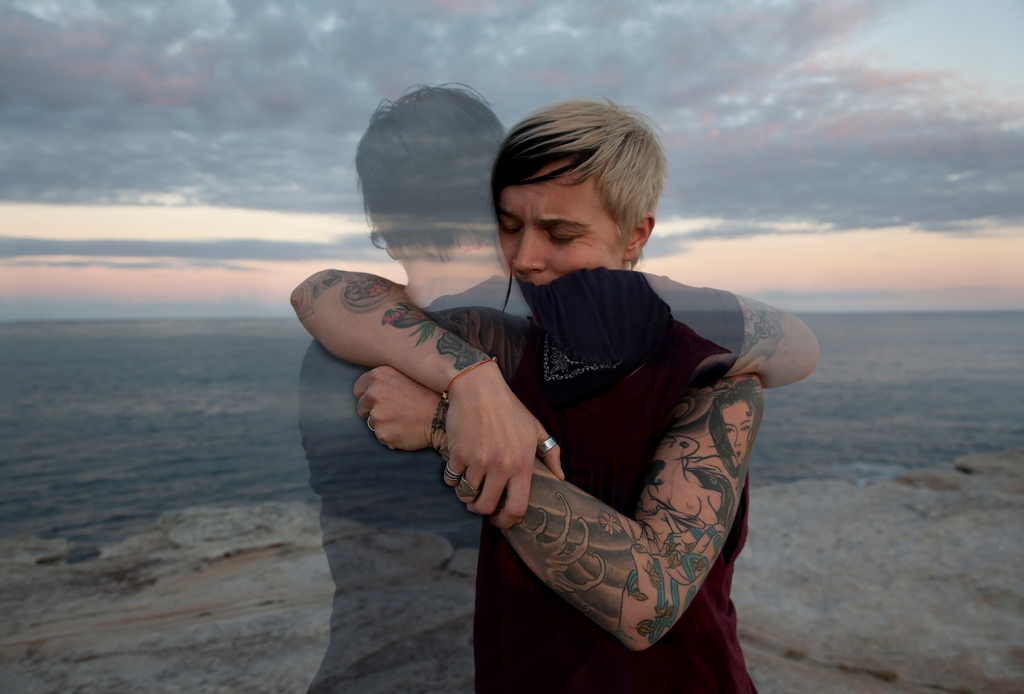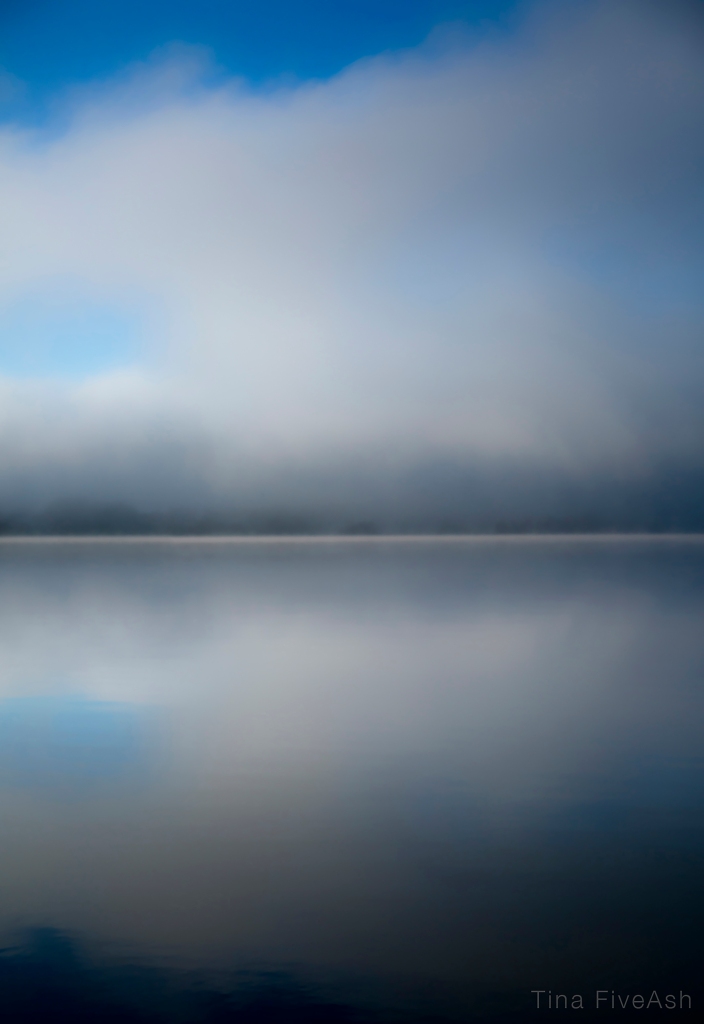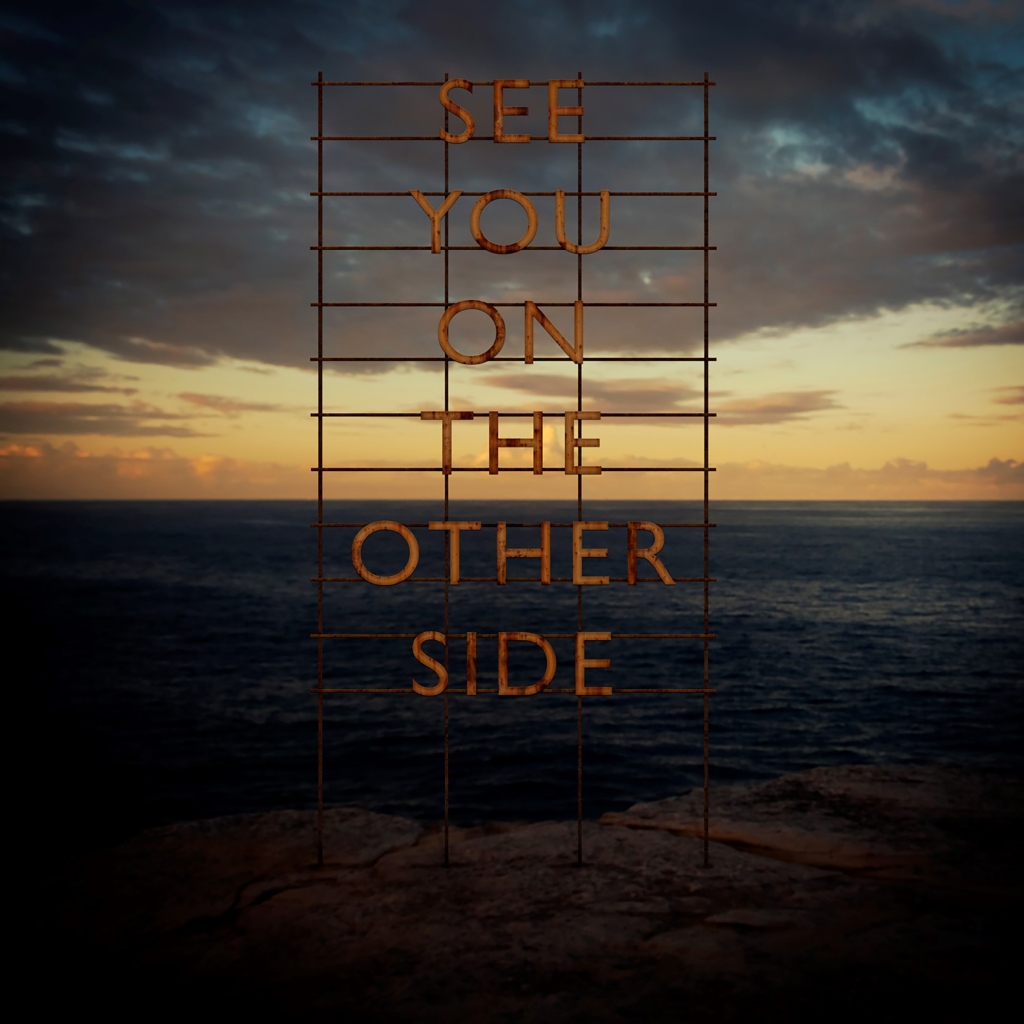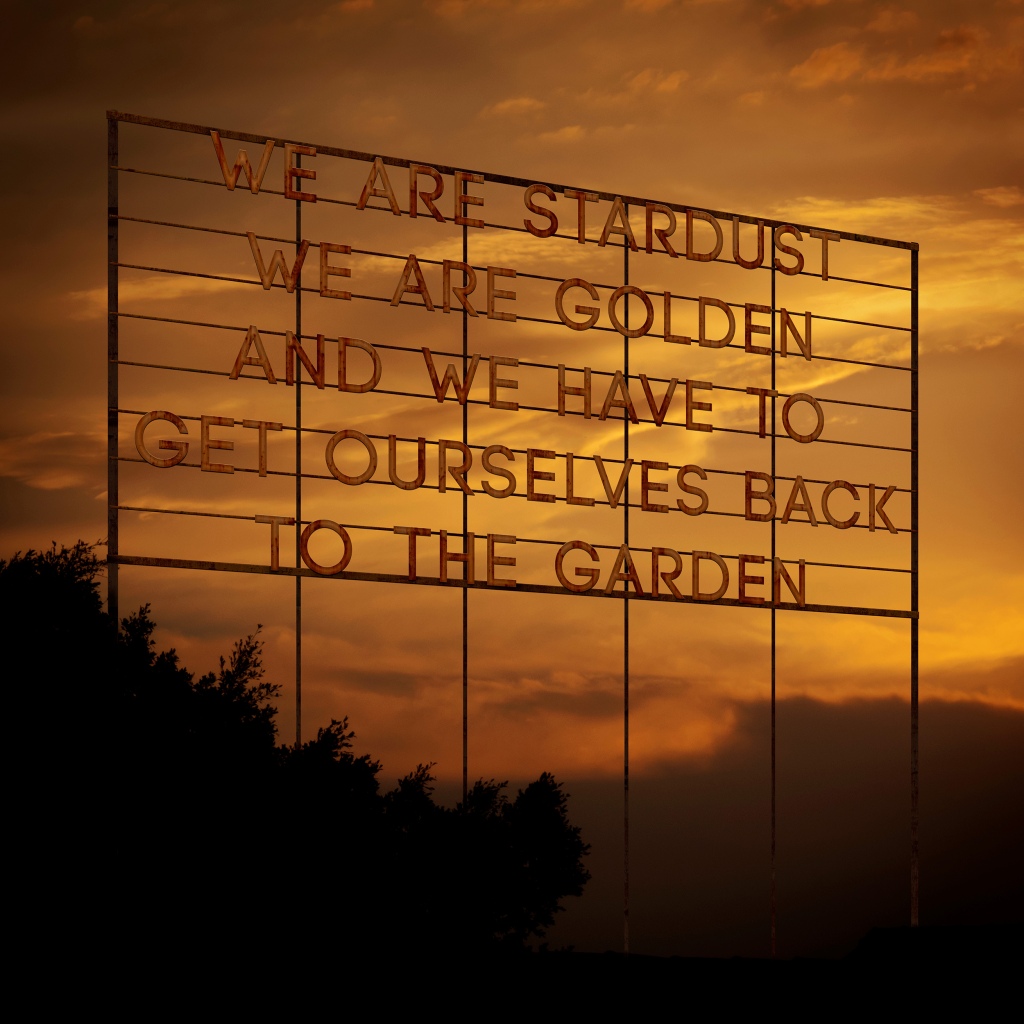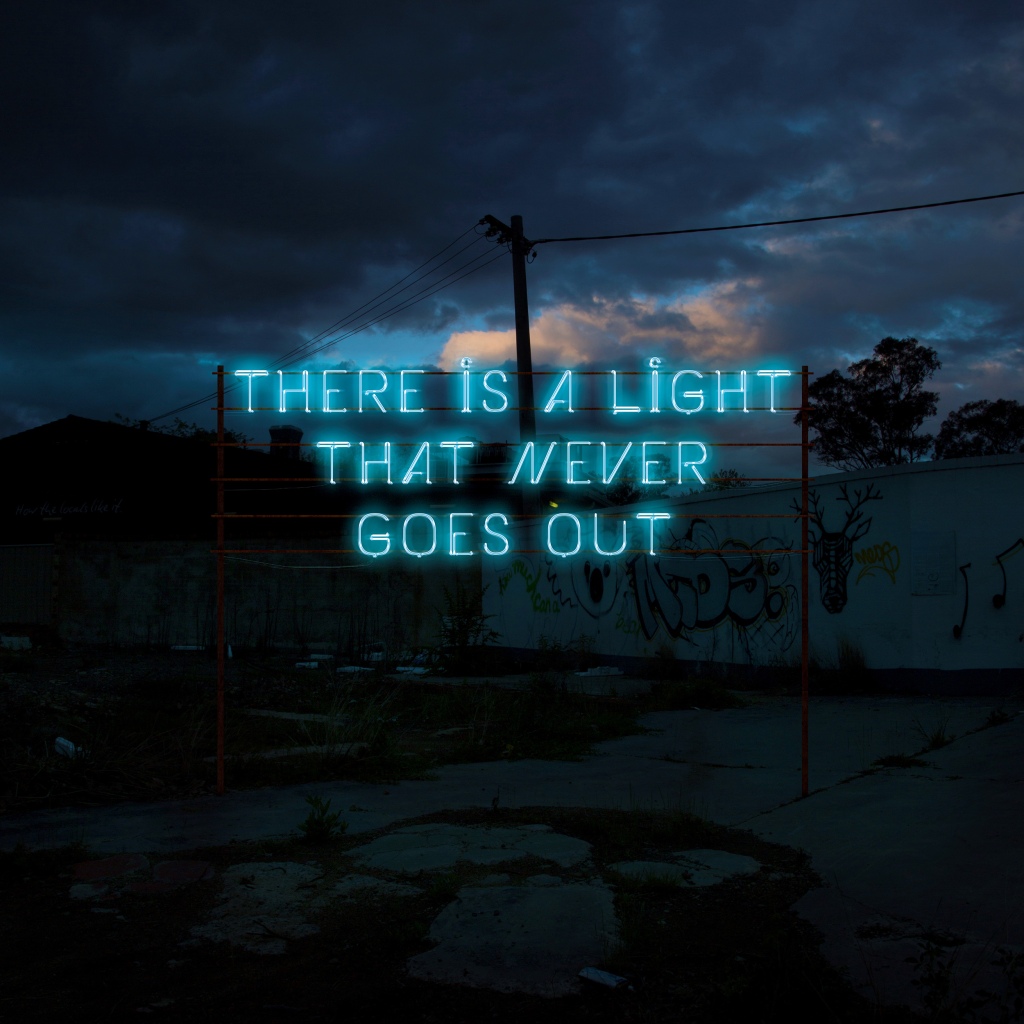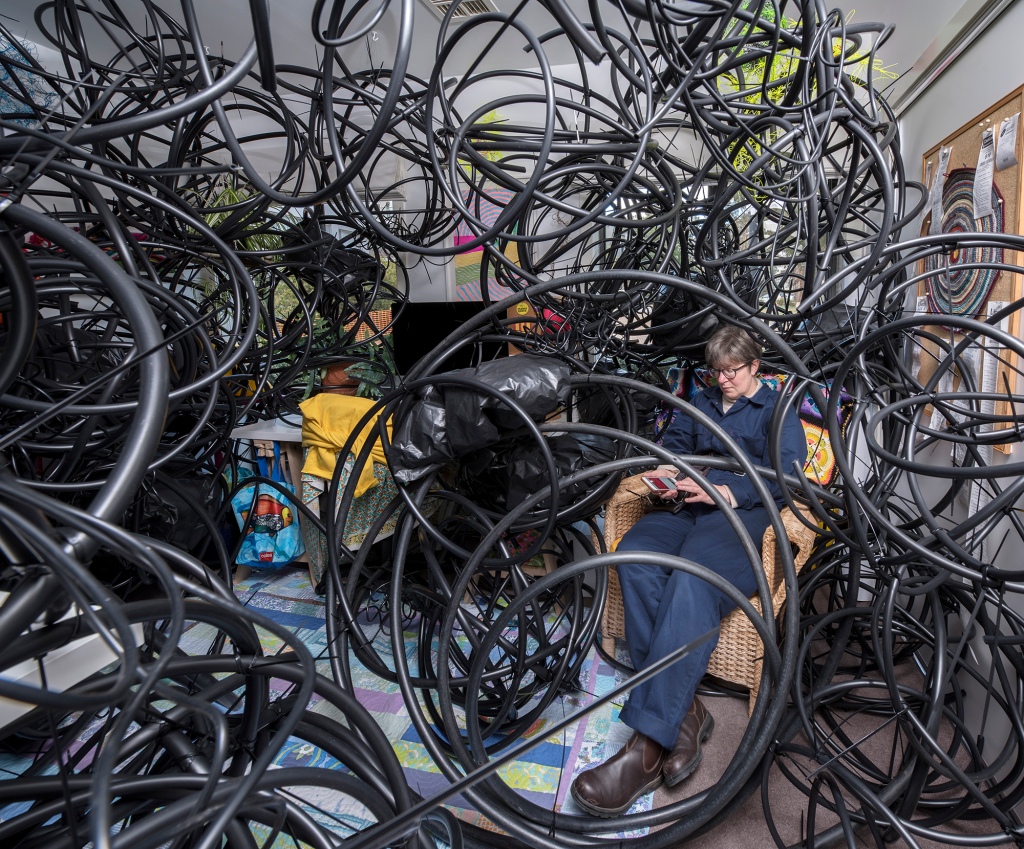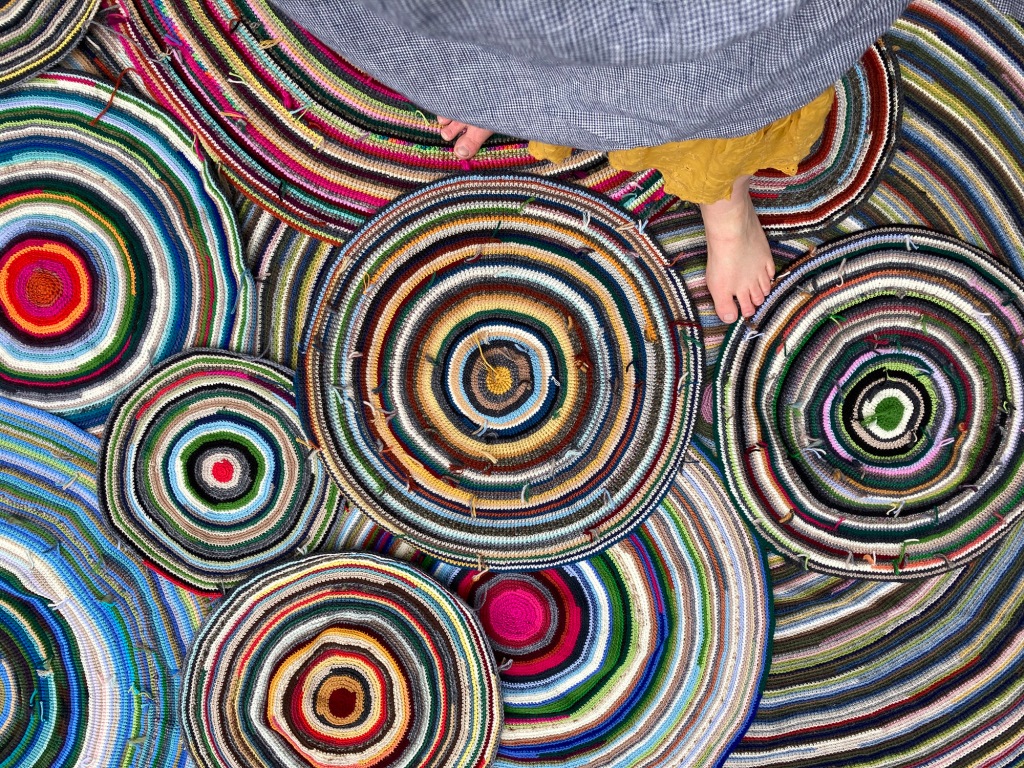Terra: (un)becoming | Multiple Artists
Photo Access | 7 – 20 December 2023
Terra: (un)becoming is the outcome of Photo Access’ annual “Concept to…”workshop series. After nine months of mentorship from local photographers Sari Sutton, Mark Mohell and Gabrielle Hall-Lomax, participants were to create new bodies of work.
The exhibition is described as reflecting on “the urgent need for the community to reassess connections with each other and the environment under the threat of climate crisis and complex global challenges.” The idea of becoming/unbecoming is defined as seeking “to challenge the expectation that we, as humans, must keep striving to become something or someone.”
The 26 participating artists are Annette Fisher, Zoe Haynes-Smith, Saskia Haalebos, Toni Hicks, Adam Henry, Nathan Hughes, Joanne Hutchinson, Natalie Finney, Lynne Flemons, Alison Ford, Yasmin Idriss, Leanne Joyce, Diana Pearce, Fernanda Pedroso, Julia Platt, Caroline Lemerle, Margi Martin, Peter Murphy, Helena Romaniuk, Corin Rossouw, Christina Seccombe, Roger Skinner, Martin Skrydstrup, Sari Sutton, Ed Telfer, and Ruby Wilde.
There are, in my view, too many diverse artists showing too many diverse artworks. Whilst there are some worthwhile pieces to examine, too many competing pieces does not always help. The title of one piece by Natalie Finney is another word that might be used to describe the problem.
I confess to being surprised that the works of all three workshop groups were being exhibited since only one workshop was actually styled as Concept to Exhibition. The other two were Concept to Portfolio and Concept to Photobook. Whilst it would be good to somehow also publicly share the results achieved by participants in those two groups, perhaps the works exhibited here should have only been those by the Concept to Exhibition participants.
Amongst the 63 works, there is considerable variety – silver gelatin and inkjet prints and “darkroom fragments” (some in boxes, others in a white lacquer tray), mixed media and collage, “photographic paper” on cardboard, commercially printed and handmade photobooks, a 3-drawer black box containing prints and a field diary, and even a screenprint displayed in negative sleeves. Exploring it all properly takes considerable time.
Ed Telfer’s small handmade photobook maquettes are a delight to hold and look through. Lynne Flemons’ mixed media and collage on paper and Julia Platt’s print on cotton voile embellished with embroidery threads and glass beads are both pleasing. Alison Ford’s “photographic paper on cardboard” works are different and interesting. Corin Rossouw’s prints of minimalist images are pleasing. Fernanda Pedroso’s inkjet prints are high quality. Nathan Hughes has created a colourful collage.
Caroline Lemerle’s set of inkjet prints Transient – At the end there’s always a beginning, 2022 (made before the workshop?) successfully shows her concept. I was able to discuss the works with her on site and learn about her thought processes. That emphasised for me the lack of detailed information available to viewers about each exhibitor’s concept – at least some accompanying words about what the artists were “unbecoming” would add to the experience.
Roger Skinner’s A Box of Nudes, 2023 challenged me to ask why images of nudes are sometimes hidden away – here inside wooden boxes (but visible). I understand he had more boxes, some plastic, that were not exhibited. I don’t know whether other artists also had works not included, but it is puzzling. In contrast, Adam Henry has 10 inkjet prints in his displayed series Remnant: A Photographic Journey of the What is Left Behind, 2023.
Another exhibit utilising a box is Martin Skrydstrup’s The Black Box of Climate Science, 2023. The most interesting item in the 3-compartment black box is a field diary but, as with various other works in the show, I wanted to know more about it than just its contents.
Yasmin Idriss has 8 works displayed. One is a photobook of flower images from her 2022 solo exhibition of the same name – “Delicate Delights” – at Strathnairn Homestead Gallery. Another Idriss photobook – “Journal” – is of considerably more interest because of the subject matter.
Ruby Wilde’s zine is the work I most appreciated. Exposure Therapy Vol. 1, 2023, authentically portrays the artist and her ways of interacting with the world in what, clearly, was a most therapeutic way for the artist. We should all have the courage to use our art in such a way.
Annette Fisher’s handmade photobooks are complex and not easy to explore because of the way they are displayed. Margi Martin’s “darkroom fragments” were somehow more interesting for me than her whole prints.
Catch the show if you can and take the necessary time to explore it all.
This review is also available on the Canberra Critics Circle blog here.






































